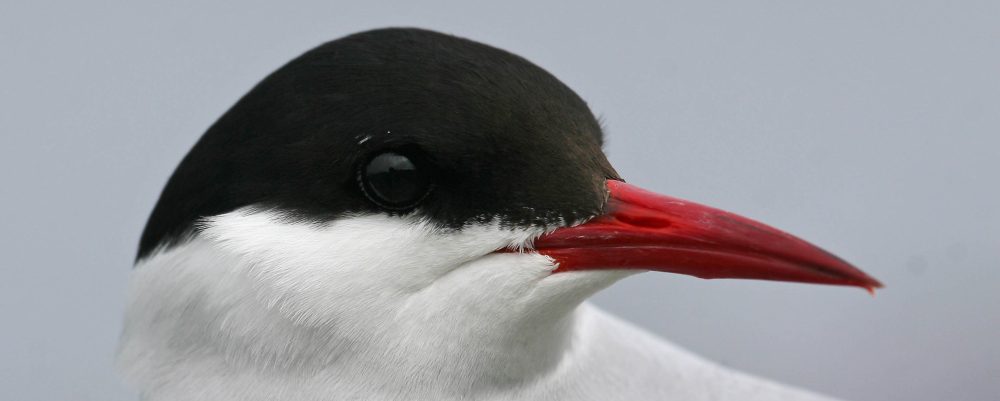When you go to a new continent and see birds it can be overwhelming.
I remember the first time I went birding to the US in the late 1980’s and I drove South from Homestead in Florida. My first daylight hours in the New World and I was on my way to the Everglades. In a field on the approach road there was a massive flock of birds. I pulled over and found myself looking through several thousand Killdeer. A medium sized boldly patterned wading bird. Now finding a Killdeer in the UK would be a rare event; they do get here occasionally but only rarely. Seeing a field full, while seemingly routine for US birders, blew my mind away. So many Killdeers.
As often happens in the US when you stop other cars soon stop to ask you what you’ve seen and that day was no exception. “What have you found” the guy said. “A field absolutely full of Killdeer” I replied. “Oh boy you are new!” came his response. What was for me pure delight, was for him routine. It’s easy to get blase about common birds.
The first time I visited Australia last January I saw lots of new birds. It’s easy to overlook birds that are familiar. Several species have been introduced into the colonies. House and Tree Sparrows, Skylarks, Greenfinch and Goldfinch are not difficult to find in Victoria. When Europeans first settled I guess they brought them along to introduce some familiarity into what would be an alien world.
Coots were not introduced into Australia as far as I’m aware and all the books state it is the Eurasian or Common Coot (Fulica atra) that is found there. The same species we have here in the UK. I took it as read. A widely distributed successful species. However, when I started to look at the Coots swimming about at the Botanical gardens in Melbourne something didn’t seem quite right. They were subtlety different. Every bird I looked at had a pale powder blue bill. Just the bill, not the shield … and it is subtle. Was this something I’d overlooked on the Coots at home? Was it staining in the water? All Coots I saw in Australia had the same pale powder blue bills. The ID books all say Coots in Australia have a white bill. They’re wrong… it doesn’t. I made a mental note to self. Must have a look at the bills on Coots when I get home. I did and they’re pure white. I had a look through my photo stock for Coots. Who takes photos of Coots for Gods sake? Well, apparently I do, and if anything the photos show they sometimes have a pink cast but certainly no blue, powder, pale or otherwise. The problem I have when looking at photos on the net of Coots is that a blue bill can appear to be an artifact of the photo or photo processing. You really do have to see the birds in the flesh, or should that be feather?
So what’s going on? Well I’ve found a vague comment that apparently Australian Coot may be a sub species of Eurasian Coot. Does anyone else know differently? Answers on a postcard please.
I originally took this photo to show the’Brillo Pad’ likeness of the youngster but it does show the blue bill of the adult, all be it out of focus.






